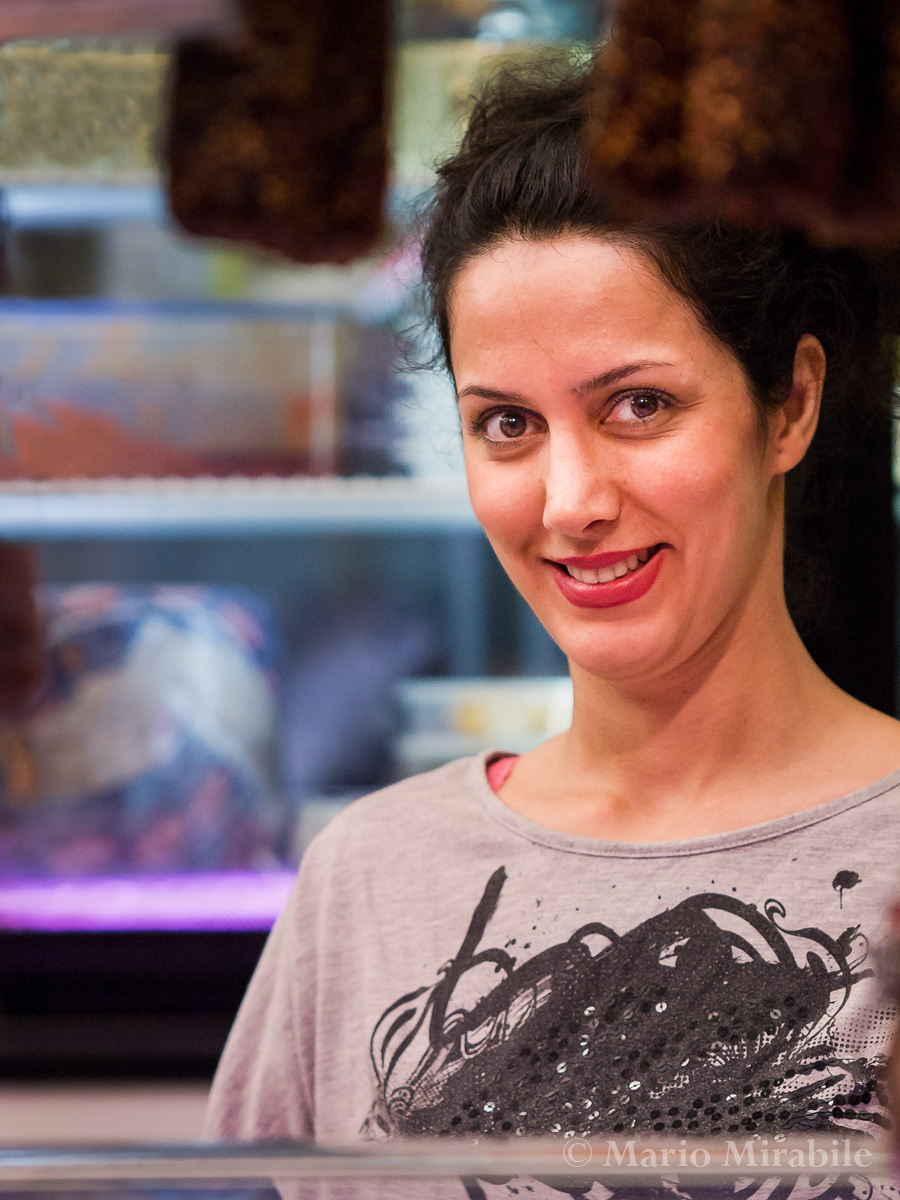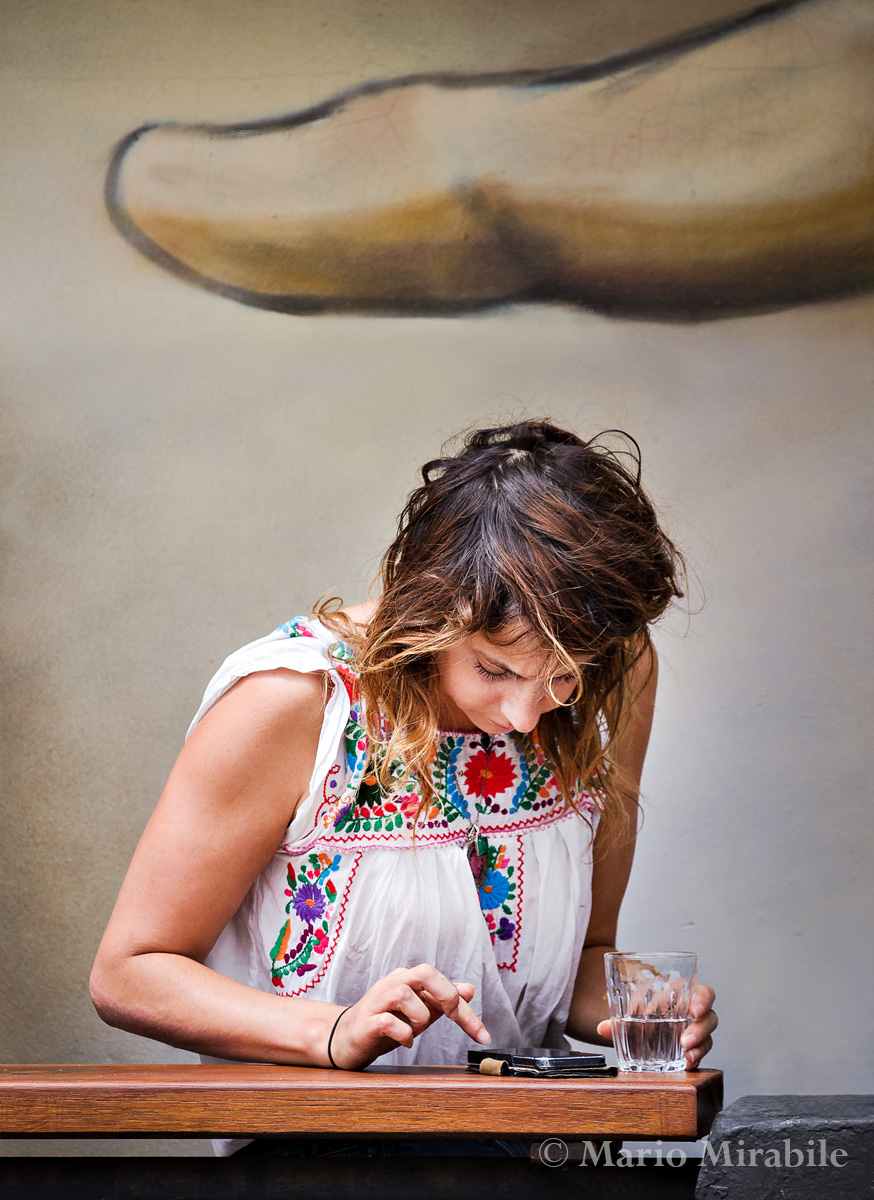Dawn on April 25, 1915 saw the start of what turned out to be an unmitigated military disaster. Britain and her allies launched an attack on the Gallipoli peninsula in Turkey in an effort to secure safe passage for the mighty British Navy into the Black Sea. The goal was to attack and take Constantinople, thus forcing Turkey out of the war and depriving Germany of a valuable ally. Poor planning and execution, difficult terrain and an unexpectedly strong defence by the Turks saw the campaign bog down into protracted trench warfare. After eight months of stalemate, the allies retreated, leaving 500,000 casualties on both sides, including nearly 9000 Australian dead.
The campaign had a profound effect on Australia. It was the first significant conflict in which Australians took the field under their own flag rather than as British colonials, and gave birth to the “Anzac Legend”. In a country which still considered England its mother, the soldiers perceived qualities of endurance, courage, good humour, resourcefulness, comradeship and larrikinism helped to forge a distinct Australian national image.
April 25 is still observed as a national day of commemoration. One hundred years on from the landing the day has grown in significance, and now, in addition to honouring those who have served and fallen in conflict, rivals Australia Day as a celebration of national identity. More than 100,000 people of all ages braved miserable weather to attend the dawn service at Melbourne’s Shrine of Remembrance. I arrived 45 minutes before the ceremony started, and could not find a vantage point within 200 metres of the Shrine. In the end, I found a spot near one of the big screens set up for the occasion, where at least I was able to shelter from the rain under a large oak. After the ceremony ended, the crowd slowly made their way up the steps to the shrine to pay their respects. Whatever your view of the events and causes of the First World War, it was a powerful and moving event. The fallen have not been forgotten.






































